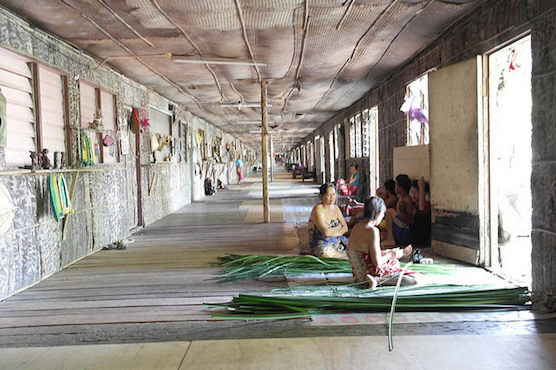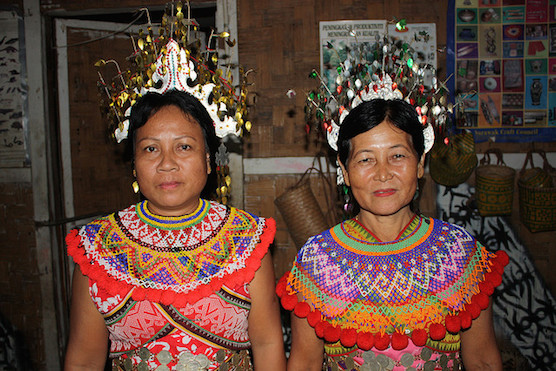Return to the Jungle: A Guide to Visiting the Sarawak Longhouses
Deep within us a primal gene responds to the call of the wild, urging us to explore the unknown. This urge brings us to the wilderness, the only place where it can be satisfied.
Jungle safaris teach us about tolerance and how to get past preconceptions while showing us the beauty that is isolated life. These lessons and practices can be applied to our own lives and lead to peaceful coexistence.
Sarawak, “Land of Hornbills,” in Malaysia, provides endless diversity in its colonial history and tribal cultures. Its topography of mighty rivers, rainforests and wildlife make it as rich in beauty as it is in culture. Luckily, many tour operators offer iconic back-to-the-jungle experiences, conducted by actual descendants of ancient headhunting tribes.
Jungle life centers around longhouse villages. A longhouse is a single, large structure surrounded by fields and forest that accommodates the entire village. Visits to these homes offer the privilege of witnessing its daily rhythms.
The Options
Most of the tourist-friendly longhouse villages are strung-out along the Lemanak, Ai, Skrang and Rajang Rivers. Authentic accommodations and food, native entertainment, and farming enterprises showcase the lifestyle.
Homestays along the Lemanak River involve a journey of 138 miles over land and river. Depending on how you book your journey, there is likely a lunch stop at Lachau, a Chinese village, where old-style bartering takes place between the natives and the Chinese shop owners. The journey continues through fast-flowing rapids and thick overhanging jungle.
A 4.5-hour land journey from Sarawak’s capital Kuching—with stops at Dayak trading towns, farms and Chinese villages—brings you to the Batang Ai jetty, the embarkation point for longhouses around the Ai River. The journey ends at the modern Batang Ai Resort. Accessible only by boat, the surrounding Batang Ai National Park covers 92.8 square miles of unspoilt rainforest. Focused on orangutan preservation, lush forests such as Tinting Empeliau provide sanctuary to wildlife including hornbills and gibbons. Trails allow exploration of the forest and ancient burial grounds.

Photo by Thomas Wanhoff, CC-BY-SA
Iban immigrants settled the Skrang River during the 16th-18th centuries. Today, peaceful farmers play host at longhouses like Mujang, Murat and Tebat, accessible from the towns of Pias and Lamanak at Skrang jetty. A motorized longboat will take you upriver to your designated longhouse. Those further out are untouched by modernity.
At 450 miles long, the Rajang River is Malaysia’s longest river and the region’s main highway. Rajang homestays are more rugged and start at Sarawak’s second largest city, Sibu. Sungai Sut, Bawang Assan and Bangkit are typical longhouses home to different ethnic tribes like the Kayan, Kenyah and Lahanan.
-

-

-

-

- Curated Home Page Articles By Test Admin October 21, 2025 | 3:10pm
-

- Curated Home Page Articles By Test Admin October 21, 2025 | 2:57pm
- Urls By Test Admin October 21, 2025 | 2:57pm
- Curated Home Page Articles By Test Admin October 21, 2025 | 2:55pm
-

-

-

-

-

-

-

-

-

-

-

-

-

-

-

-

-

-

-

-

-

-

-

-

-

-

-

-

-

-

-






































